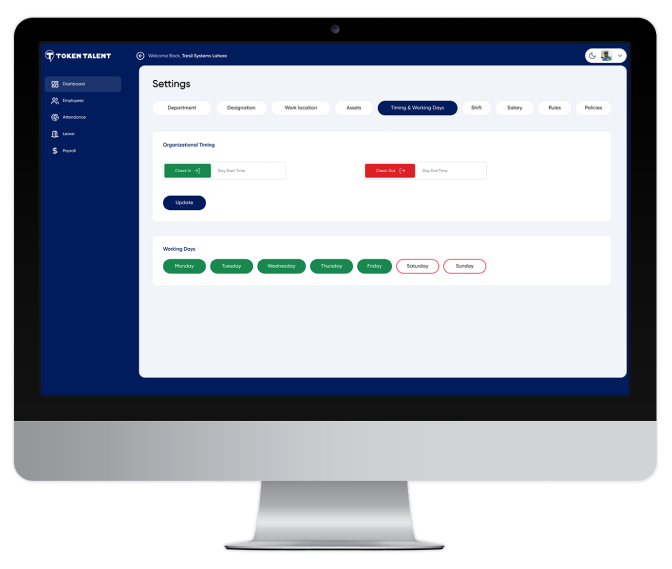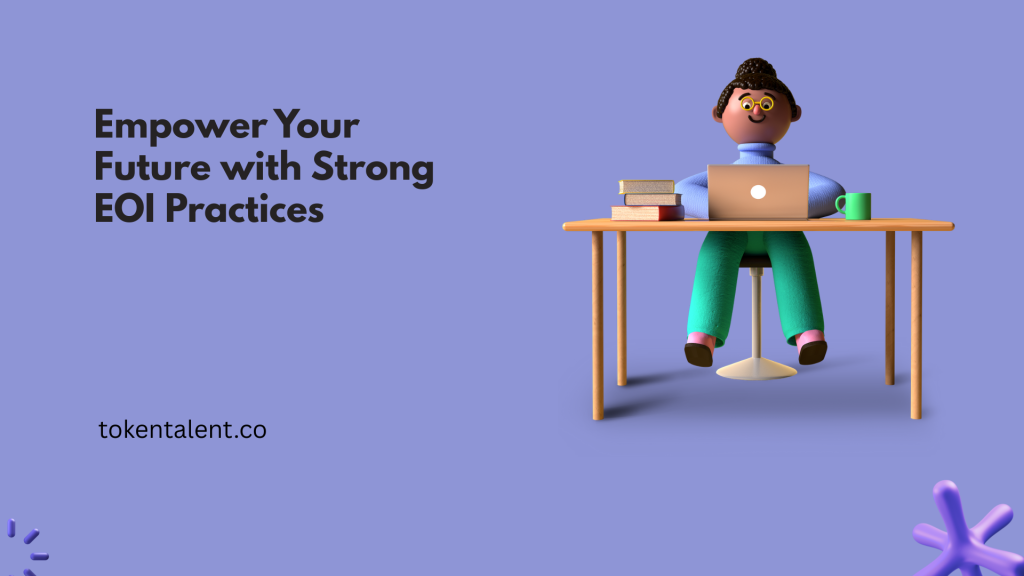Whether you’re applying as an individual or managing employee benefits, Evidence of Insurability (EOI) ensures that coverage decisions are based on accurate, verified health information. In today’s world of data-driven decisions and personalized insurance, understanding EOI is more important than ever.
What Is Evidence of Insurability and What Are Its Key Components?
EOI is the process insurers use to evaluate risk and determine if a person qualifies for additional or new coverage. Here are its essential components:
1. Medical History
A complete record of your medical background, including past illnesses, surgeries, current conditions, and regular medications. This helps insurers forecast future risk.
2. Lifestyle Information
Your habits and daily activities matter. Questions may include tobacco, alcohol, or drug use and risky hobbies like scuba diving or skydiving.
3. Physical Examination
Depending on the coverage amount, a physical or paramedical exam may be required. This confirms details from your application.
4. Financial Information
In life insurance, financial data helps ensure the coverage aligns with your responsibilities and dependents.
5. Existing Coverage
Insurers check your current policies to avoid over-insuring and to verify adequate protection.
6. Purpose of Insurance
Whether it’s for a business agreement, divorce settlement, or estate planning, your insurance motive can influence approval.
7. Age and Gender
These demographics help insurers determine premium rates and risk categories.
Applicants submit this information via an EOI form. Accuracy is critical. Misrepresenting details can result in denial or future claim issues.
How to Complete an EOI Form
Completing the EOI form accurately is crucial. Here’s how:
- Collect detailed medical and lifestyle information in advance.
- Answer every question honestly and thoroughly.
- Review your form before submission to ensure accuracy.
- Submit online via the insurer’s secure portal if available, or use a paper form as directed.
Using Token Talent’s HR automation, employees can be guided through the form digitally, minimizing errors and saving time.
How the EOI Process Works: Step-by-Step Guide
Understanding the EOI process helps applicants and HR professionals better navigate insurance applications:
1. Initiation
EOI starts when applying for a new policy or requesting coverage above a guaranteed amount. Employer-sponsored plans often require EOI for voluntary increases.
2. Completing the Form
You’ll provide your medical history, lifestyle details, and any previous diagnoses or treatments.
3. Medical Exams
For higher amounts of coverage, insurers might require blood work, urine tests, or a physical exam—usually at no cost to you.
4. Underwriting Review
An underwriter reviews all submitted information. If needed, they may request additional documentation or testing.
5. Final Decision
Insurers can:
- Approve at standard rates
- Also Approve with higher premiums
- Approve with condition exclusions
- Deny coverage
6. Communication
You’ll receive the final decision with the option to accept, appeal, or seek alternative options.
7. Appeals Process
Applicants can contest decisions with new medical records or additional testing.
EOI Requirements for Employers: Supporting Employees Through the Process
Employers need to support employees through the EOI process, especially in group insurance plans. Key responsibilities include:
- Informing staff when EOI is required
- Providing instructions and timelines
- Ensuring access to digital or paper forms
- Tracking submission status
Token Talent helps employers automate EOI requests, monitor compliance, and ensure a smooth process for all employees.
Do Life Insurance Policies Require Evidence of Insurability?
Yes, most life insurance products involve EOI. Here’s how it varies by policy type:
1. Traditional Life Insurance
Requires full medical exams and health history disclosures.
2. Guaranteed Issue Life Insurance
No exams required, but these plans offer limited coverage and higher premiums.
3. Employer-Provided Group Life Insurance
Guaranteed basic coverage, but additional voluntary amounts often need EOI.
4. Simplified Issue Life Insurance
No exam, but requires answers to basic health questions. Premiums are moderate.
5. Policy Changes or Renewals
Increasing coverage often re-triggers the EOI process.
Summary: Why EOI Is Crucial in Today’s Insurance Landscape
Evidence of Insurability helps insurance providers assess risk fairly and ensures you get coverage that suits your real health status. Being honest and thorough improves your chances of approval and helps avoid issues down the line.
FAQ
What is evidence of insurability?
It is the process where insurers collect your health and lifestyle data to determine your eligibility for insurance. This typically involves a form and may require a medical exam.
What medical tests are required for EOI?
Tests may include blood work, urine analysis, blood pressure measurements, and sometimes EKGs depending on the coverage level.
Can you appeal an EOI denial?
Yes. By submitting new medical information or undergoing further exams, applicants can request a reconsideration.
Is EOI needed for increasing life insurance coverage?
Yes, many insurers require a fresh EOI submission for coverage increases or renewals.
Why Choose Token Talent for EOI and HR Automation?
Token Talent is an HR software designed to simplify complex workflows like EOI, payroll, and benefits management. With integrated biometric devices, it accurately tracks attendance, manages timesheets, and automates leave policies.

In today’s fast-paced business environment, Token Talent ensures that EOI submissions and other HR processes are accurate, efficient, and stress-free.
Join the Token Talent community today — streamline your HR, boost compliance, and save time.
